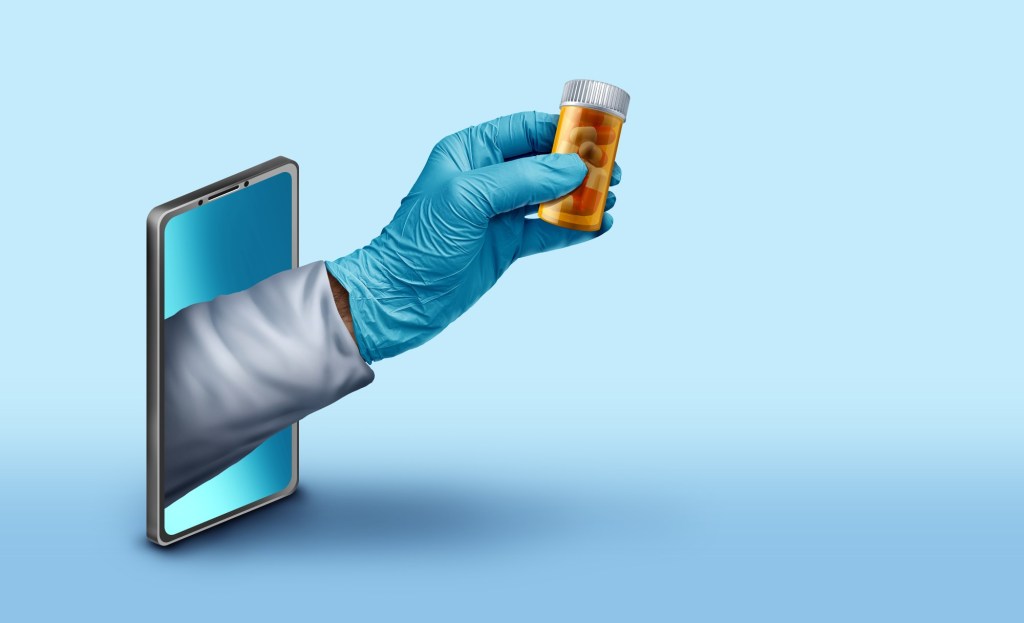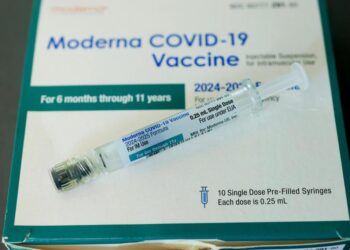By Darius Tahir, KFF Health News
Shannon Sharpe was having one of those 15-minutes-of-internet-infamy moments. Social media blew up in September after the retired Denver Broncos tight end — accidentally, he later said — broadcast some of his intimate activities online.
One of his sponsors took advantage of the moment: the telehealth company Ro, which sells a variety of prescription medicines for erectile dysfunction and hair and weight loss. The company revved up a social media campaign on the social platform X for an ad in which Sharpe boasted about his experience with the company’s erectile dysfunction medications, a company spokesperson confirmed.
The ads were more than just a passing attempt to hitch a corporate caboose to a runaway social media locomotive. A group of direct-to-consumer telehealth companies have become omnipresent across just about all media formats, seeking patients interested in their low-stigma, low-fuss, low-touch, high-convenience health products.
They’re on your favorite podcasts and in the background on the cable TV in your gym. Thirteen telehealth entities spent a combined $111 million in 2023 on television ads, more than double the sum in 2019, according to an analysis from iSpot.tv, a television ad-tracking company, provided to KFF Health News.
The ads feature high-wattage celebrities such as Jennifer Lopez as well as lesser-known influencers who are paid four figures to post a snapshot or short video to Instagram, according to interviews with marketers. Three publicly traded telehealth companies spent a total of more than $1.4 billion on advertising, sales, and marketing in 2023, according to financial reports filed with the Securities and Exchange Commission, categories that reflect the extent of their online efforts.
The companies’ advertising typically emphasizes convenience in a health care system that’s often just the opposite. They promise judgment-free birth control or care for conditions like erectile dysfunction…
Read the full article here







